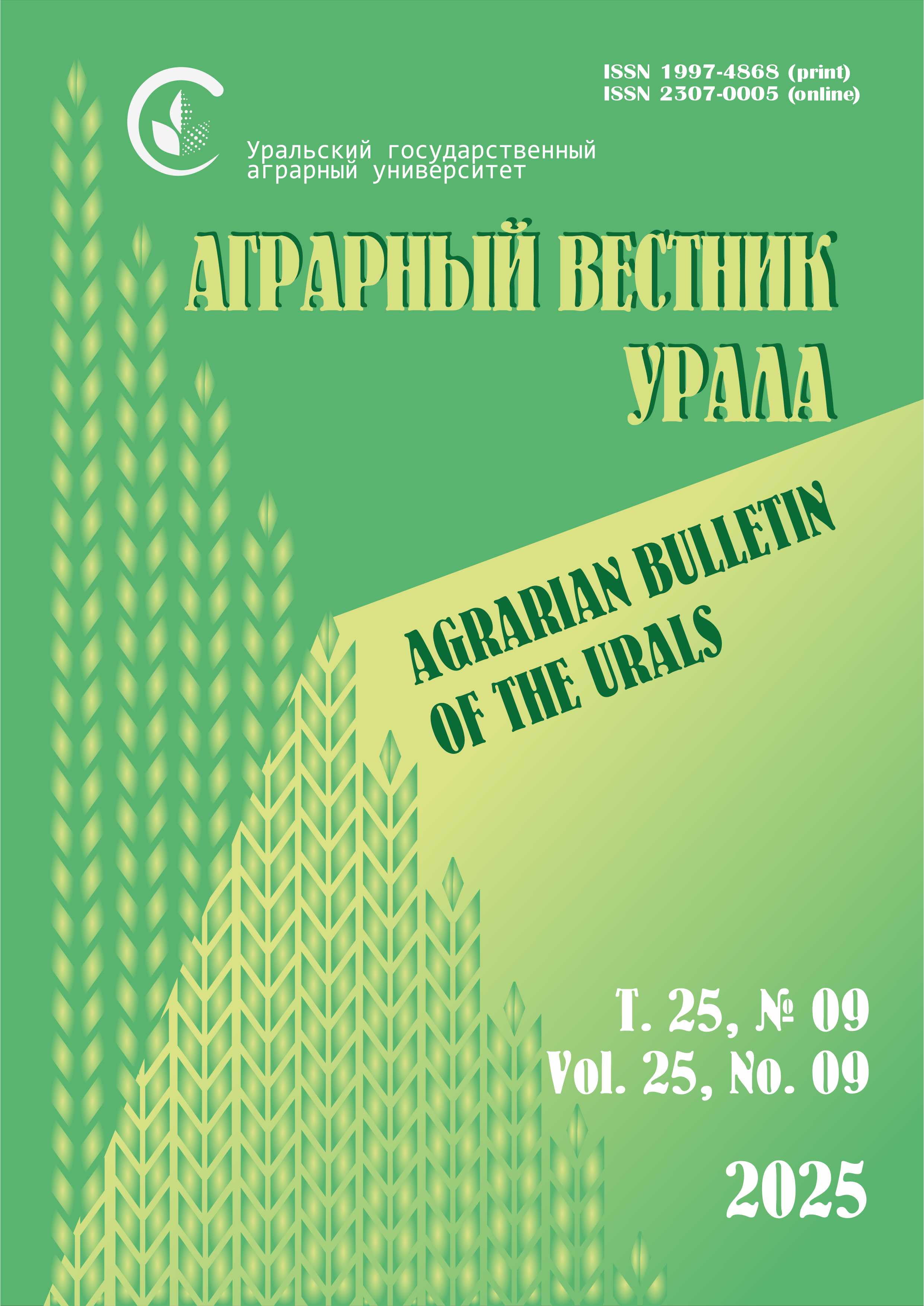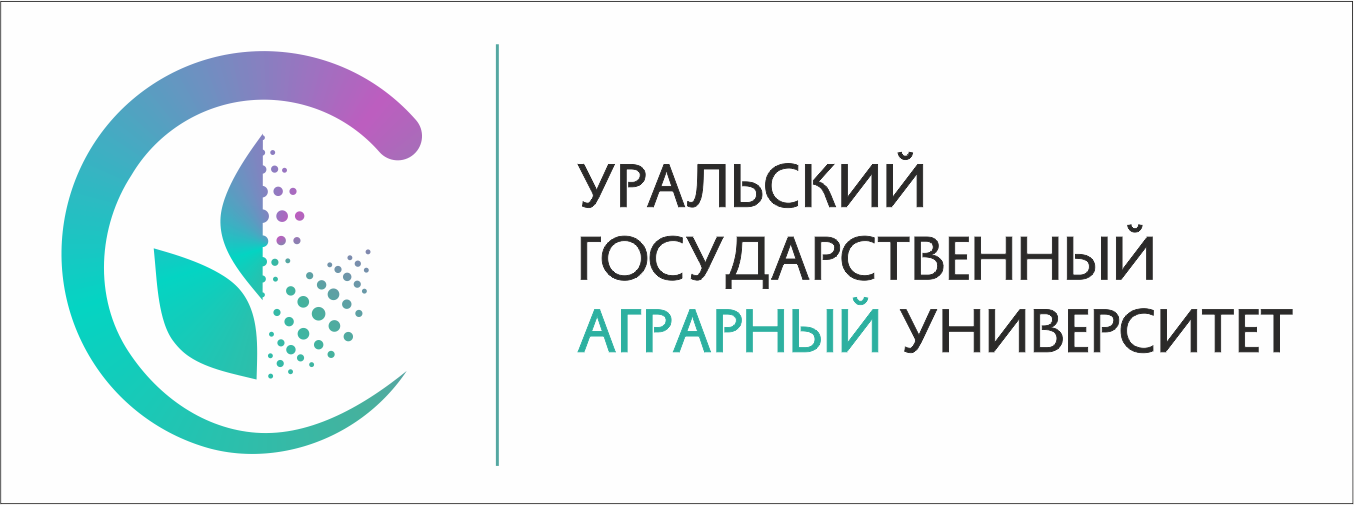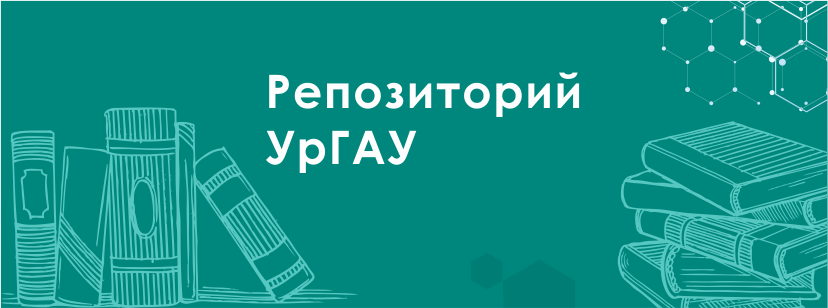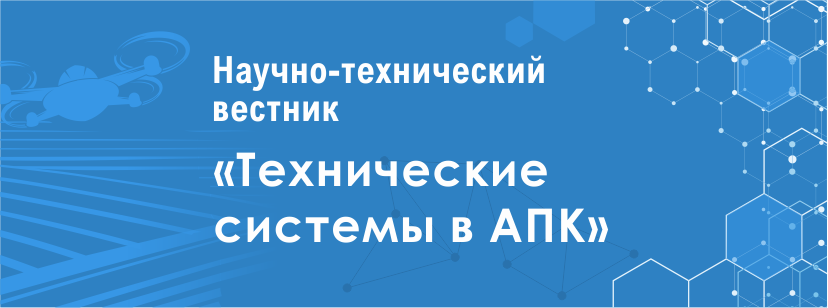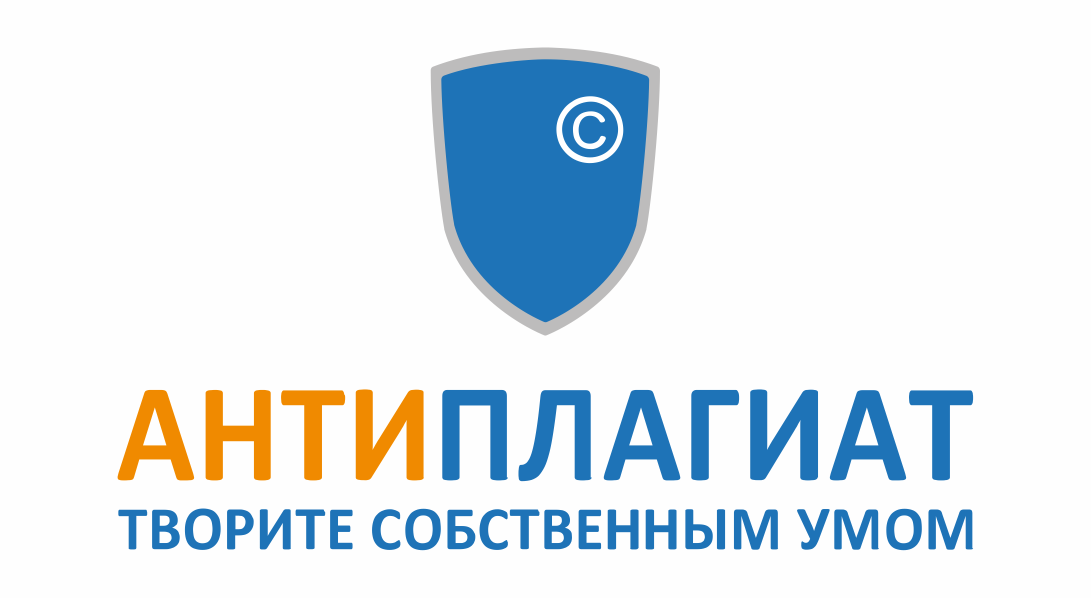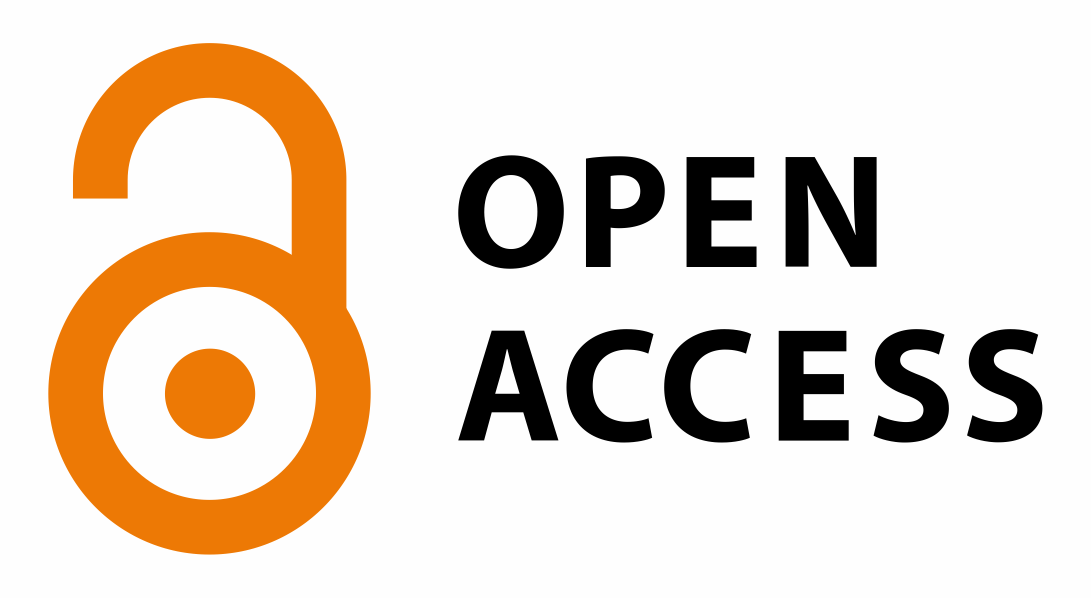I. Yu. Potoroko1, A. A. Ruskina1 , A. V. Malinin1 , D. Abdullah Al-Jumaily1 , O. P. Neverova2
1 South Ural State University, Chelyabinsk, Russia
2 Ural State Agrarian University, Ekaterinburg, Russia
E-mail: This email address is being protected from spambots. You need JavaScript enabled to view it.
Volume 25 No. 7
Date of paper submission: 05.04.2025, date of review: 09.06.2025, date of acceptance: 10.05.2025.
Published: 07/31/2025
Abstract. The effects of global warming on crops around the world affect not only food security, reducing yields and, consequently, the availability of raw materials and food, but also the biosafety of food and feed. Regarding food biosafety, one of the most important risks affected by climate change has been mycotoxin contamination, especially of important grain crops. These producers are secondary metabolites produced by mycelial fungi, harmful to both humans and animals. The most dangerous toxigenic species belong to the genera Fusarium, Aspergillus and Penicillium. Fusarium fungi infect crops directly in the field, while Aspergillus and Penicillium species usually grow on cereals and other crops under improper drying and storage conditions. Almost all mycotoxins present in food and feed are sensitive to abiotic factors, therefore, changes in temperature and humidity entail an increased risk of contamination of grain crops with toxigenic fungi and their secondary metabolites. The purpose of this study was a predictive study of the influence of non-thermal effects of atmospheric cold plasma (AHP) to compensate for the influence of stress factors on the biosafety of soft spring wheat in terms of preserving its physiological properties. Methods. The research used the Ground state Hartree-Fock (HF) method using the 3-21G/RB3LYP basis set for modeling based on quantum-chemical calculations of assessing the risks of forming masked forms of secondary metabolites of toxigenic micromycetes in the structure of the protein-carbohydrate complex of the endosperm of wheat grain. The scientific novelty of the data obtained is due to the proven effectiveness of using cold plasma to ensure the biosafety of grain raw materials in correlation with improved sowing properties. As a result of using non-thermal methods of action based on atmospheric cold plasma, it is possible to stimulate growth processes taking into account the initial data of its quality.
Keywords: food wheat grain, feed wheat grain, sowing properties, cold plasma, germination, germination energy, biosafety
Acknowledgements. The research was carried out with the financial support of a grant from the Russian Science Foundation (RSF) as part of the 24-16-20028 project.
For citation: Potoroko I. Yu., Ruskina A. A., Malinin A. V., Al- Jumaily D. A., Neverova O. P. Prognostic studies of the use of non-thermal effects in compensation of stress changes in the physiological properties of wheat grain (Triticum aestivum L.). Agrarian Bulletin of the Urals. 2025; 25 (07): 1095‒1105. https://doi.org/10.32417/1997-4868-2025-25-07-1095-1105 (In Russ.)
Download the full text of the article



